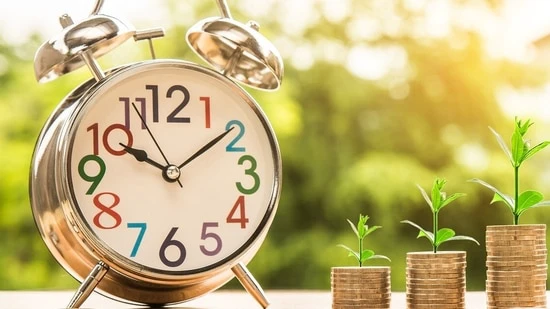Daylight Saving Time (DST) is nearly over, and for millions of Americans, that means darker evenings, cooler weather, and one small win – an extra hour of sleep.
The yearly clock change comes just after Halloween, closing out the longer summer days. Here’s when the US will “fall back” in 2025.
When does Daylight Saving Time end in 2025?
The clock shift happens twice a year – “spring forward” in March and “fall back” in November. Daylight Saving Time will end Sunday, November 2, 2025, at 2 am local time, and the clocks will move back one hour, per Time and Date. Phones and computers will be updated automatically, but wall clocks will need a manual reset.
Why do we change our clocks twice a year?
The idea, which dates back to the early 1900s, was to make better use of daylight. From March through early November, the extra evening light helps stretch out the day. Once November hits, the schedule flips to bring more sunlight into early hours when people head to work or school.
Could Daylight Saving Time end permanently?
There have been talks about scrapping the clock changes. Some lawmakers have pushed to make daylight saving time permanent, saying it would simplify schedules and cut confusion.
So far, nothing has made it through Congress. President Donald Trump once called the switch “inconvenient and costly,” but later said the country is split – some want lighter mornings, others prefer longer evenings, according to Reuters.
Which US states do not observe Daylight Saving Time?
Not all of the US will observe this change. Hawaii skips it entirely, and so does most of Arizona, except for the Navajo Nation. Puerto Rico, Guam, American Samoa, the Northern Mariana Islands, and the US Virgin Islands stay on standard time all year long, as per Time and Date.
Is it “daylight saving” or “daylight savings”?
You will hear both. The correct term is Daylight Saving Time- no “s.” It is common in everyday speech in the US, Canada and Australia, and at this point, even news outlets use both.
Daylight Saving Time will return in March 2026, when clocks move forward an hour to mark the start of longer spring days.
